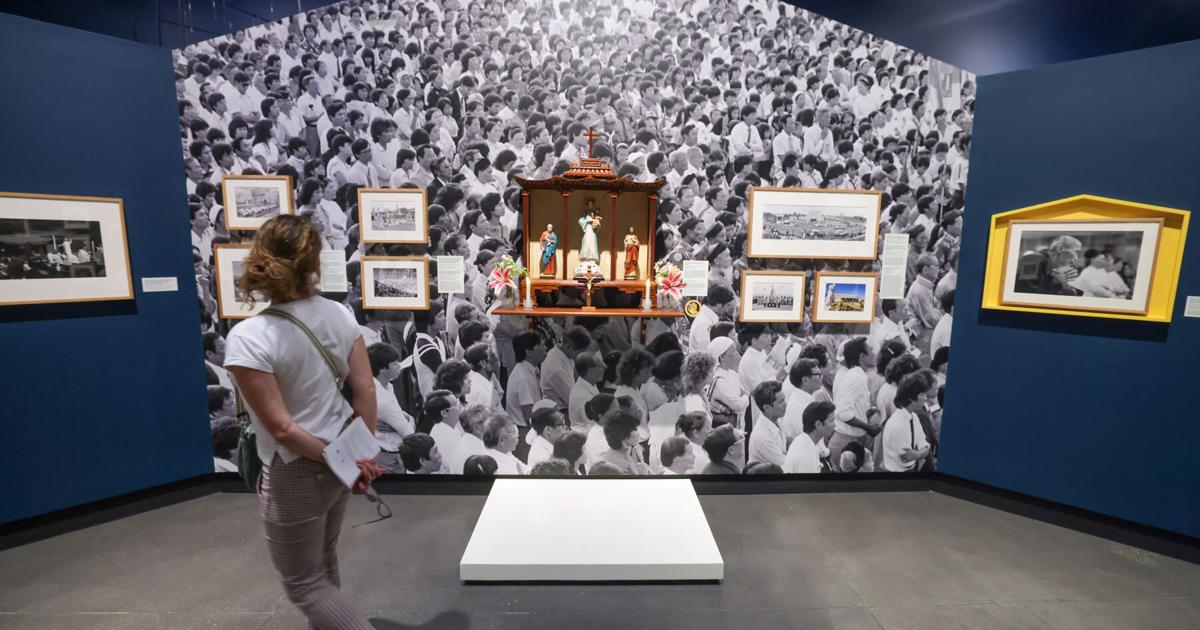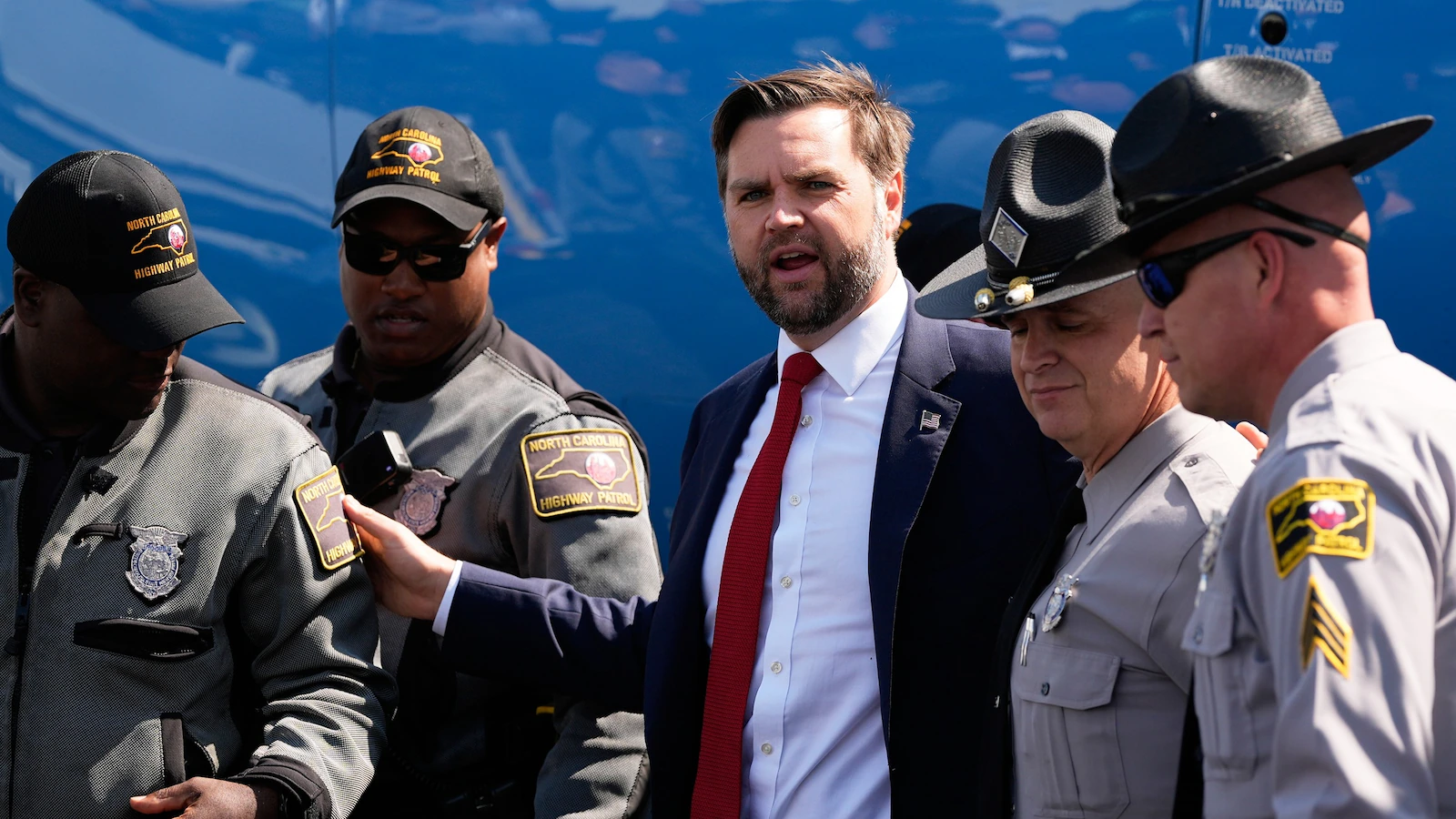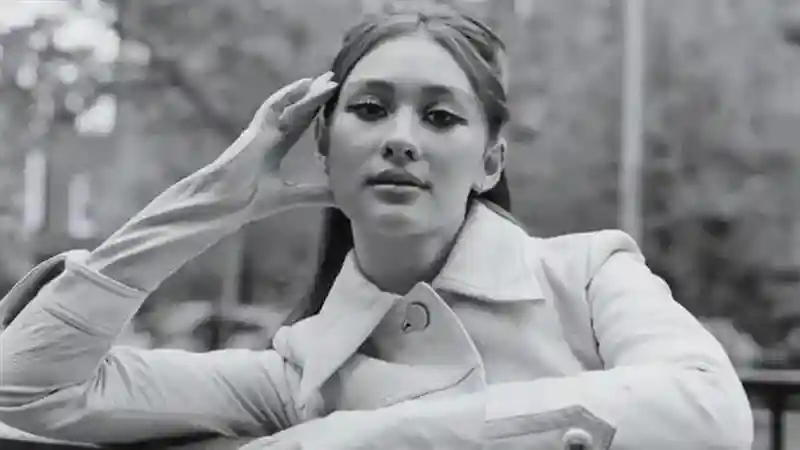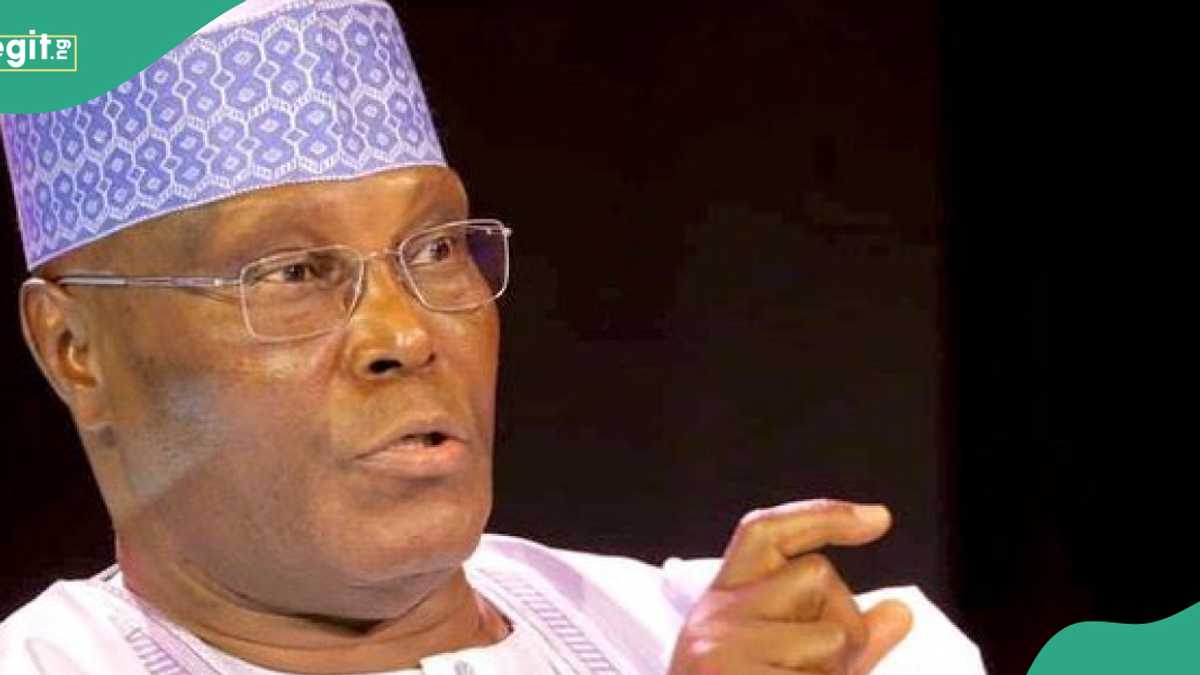
Erin Greenwald serves as deputy director at the Historic New Orleans Collection, overseeing the divisions of collections development and exhibitions, audience engagement, digital services and publications, as well as the Williams Research Center. The Historic New Orleans Collection has one of the most significant archives on the history and culture of Louisiana.
Previously, Greenwald was vice president of public programs at the Louisiana Endowment for the Humanities, where she led statewide program development and implementation and served as editor-in-chief of 64 Parishes magazine.
Prior to her work at the Louisiana Endowment for the Humanities, Greenwald was senior curator and historian at the Historic New Orleans Collection.
Greenwald holds a doctorate in history from Ohio State University. In September, she was honored with the rank of chevalier in the Ordre des Arts et des Lettres by the French Ministry of Culture.
We see that the Historic New Orleans Collection offers free admission. How do you balance its role as a free resource with the realities of funding?
We are incredibly fortunate to have been founded in 1996 by Kemper and Leila Williams, two individuals who were involved in the cypress/lumber industry in Louisiana in the early 20th century. That money was invested further in oil and gas.
We were founded as the Kemper and Leila Williams Foundation, and we are able to offer free admission thanks to that endowment, as well as from the support and contributions of our members and donors. We’re in a very fortunate position to have an endowment that allows us to be a public good for the community of New Orleans.
Given that the people of New Orleans are so diverse, how do you ensure that the collections shown are relevant to these audiences?
We maintain active collecting policies. We started with our founders’ collection, which included lots of maps, manuscript materials, paintings, drawings and other visual materials. For the last almost 60 years, we have continued an emphasis on collecting and working to encourage documentation of communities that better reflect the rich diversity of our city.
The LGBTQ+ archives project is a great example. This is a group that is focused on preserving and promoting the history and culture of the LGBTQ community in New Orleans. That was an area of collecting, around 15 years ago, where we were underserved. We worked with other organizations to build those collections, and now we’re a place of stewardship for those collections.
We also have major oral history initiatives. We’re just wrapping up an exhibition, “Making It Home,” which is about the New Orleans Vietnamese community since the fall of Saigon. That project started more than 10 years ago when our curator, Mark Cave, began working with individuals and families in the Vietnamese community to record their oral histories.
The photographer Harold Baquet was very active in New Orleans African American politics in the 20th century. That collection has come to us.
Our mission is not just to collect. Our mission is to make sure that those collections are accessible to the public.
In addition to collecting and exhibiting oral histories, how does the museum’s collections make history feel alive and engaging?
We rely on multimodal storytelling. When you think of a museum, you come in and read object labels or text channels, but we also have a lot of interactive components that are developed in concert with our exhibitions.
There are sound recordings and video assets that are played — there are all sorts of ways that we engage audiences, not only through the text on the wall and objects on display but through personalized tours, gallery talks and programming.
Earlier this year, we had an exhibition, “Captive State,” about incarceration in the state of Louisiana. There was no plan, originally, to create a book related to the exhibition, but the community impact was so great that we ultimately decided to publish one.
We are dedicated to the stewardship of the history and culture of New Orleans and the Gulf South, but at the same time, you couldn’t do it without recognizing that we’re dedicated to the people of New Orleans and the Gulf South.
It’s an important part of our mission, and why we remain free and open to the public, to welcome everyone. We’re a safe space for learning and dialogue, and those spaces are at risk right now. It’s so important for human beings, whether we disagree or agree, to keep talking to each other and listen to each other’s perspectives. The work of the Historic Collection is really grounded in that.



